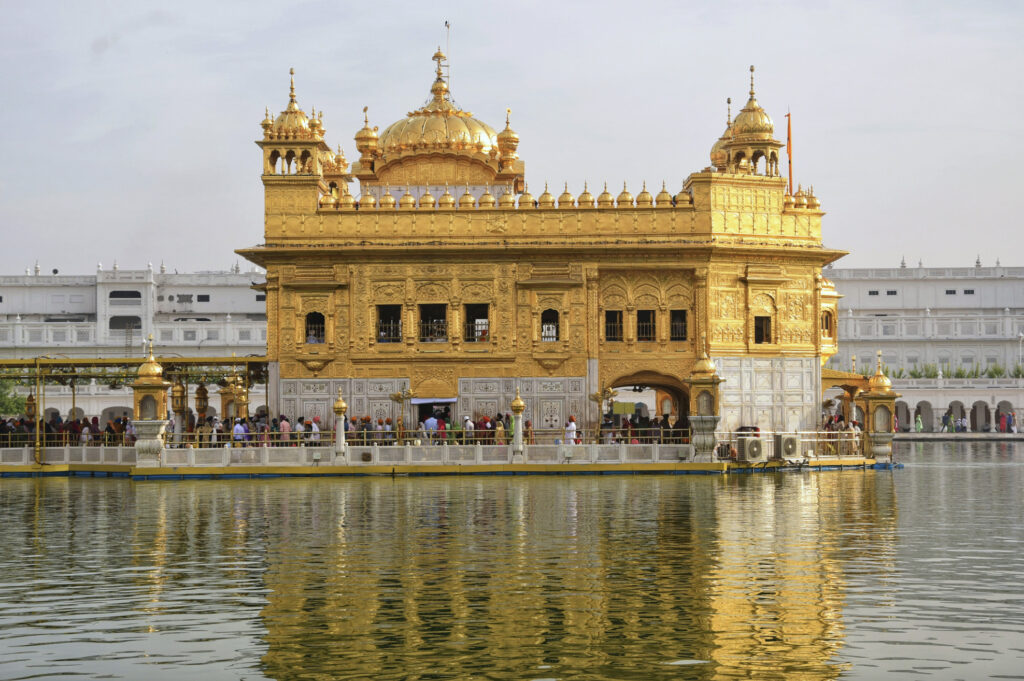
Are you a resident of India? Or are you a tourist planning to take a quick trip to India? If you are the former, you must have heard about the blinding beauty of the Golden Temple then. However, if you have not already visited it, it might be the perfect time to take a three-day vacation, book ataxi in Amritsar, and explore the city.
On second thought, whether you are a resident or not, Golden Temple is one of the places you must not miss! Why? Besides being a flawless monument, the temple connects you with many sentiments and showcases the rich country’s past. It is a religious place for the Sikhs and a symbol of equality and human brotherhood.
The story of the Golden Temple
Every place has a story to tell. The all-time famous Golden Temple located in Amritsar- is a prime example. Firstly, you must know that it is primarily a Gurdwara for Sikhs; however, open to devotees of every religion. One of the holiest pilgrim locations, it is known for its golden dome and is situated in the centre of the Amrit Sarovar. The Mandir is a two-story building constructed on a 67 feet square marble slab.
The Golden Temple, also known as Darbar Sahib or Harmandir Sahib, was built in 1604 by the fifth Sikh Guru, Arjan Ji. He symbolically constructed it lower so that every person had to step down to enter it. There were doors on all four sides, signifying that the Gurudwara was open to every religion, caste, and creed. A Muslim divine in Lahore, Mian Mīr, laid its foundation stone.
The temple was destroyed several times by Afghani invaders. King Ranjit Singh- in his reign in 1801-39, rebuilt the temple in marble and copper overlaid with gold foil. That is precisely how the temple got its name. The temple has a small Sarovar in the centre of a tank called Amrit Saras, i.e., a pool of nectar- the source of the city’s name.
The Harmandir Sahib witnessed many injuries when Indian troops entered the temple complex to eradicate the Sikh extremists who had taken shelter there, using it as a fortress and refuge. The Akal Takht and the temple sustained severe damage. However, both buildings were rebuilt and restored over time.
The old and rugged Jujube tree, situated in the northwest corner of the compound, was planted 450 years ago by the first high priest, Ber Baba Budha Sahib, and is rumoured to have special powers. So many stories in just one place, amazing, isn’t it?
The Golden Temple is surrounded by multiple temples, for instance, Durgiana Temple. Apart from the golden history, it is believed that Sita arrived here after Rama abandoned her, and Maharishi Valmiki provided her with shelter and security. The location gained significant religious and historical significance as a result of Sita giving birth to the legendary twin sons of Lord Rama, “Luv and Kush,” here.
The Guru ka Langar offers free food to approximately 20,000 people daily. The number of visitors hikes up to 100,000 on special occasions. The Granth Sahib is kept in the Gurdwara during the day while moved to Akal Takht or Eternal Throne at night.
The Final Take!
The early mornings on the weekends are the perfect timing if you want to have a blissful experience as there is less crowd around that time. You don’t even have to worry about commuting as the city has excellent transportation services. You can rent a car in Amritsar for a day or the whole of your little trip and leave the daunting task of driving in a new and unknown city to the professionals. Do not forget to cover your head with a cloth and remove your shoes before entering the premises. So when are you planning to visit the glorious temple?
Can you be more specific about the content of your article? After reading it, I still have some doubts. Hope you can help me.
Can you be more specific about the content of your article? After reading it, I still have some doubts. Hope you can help me.